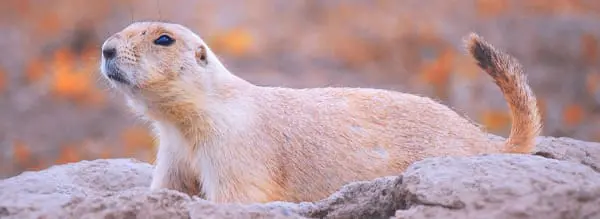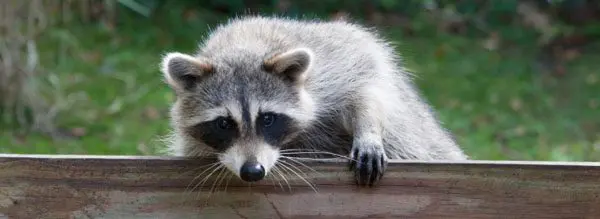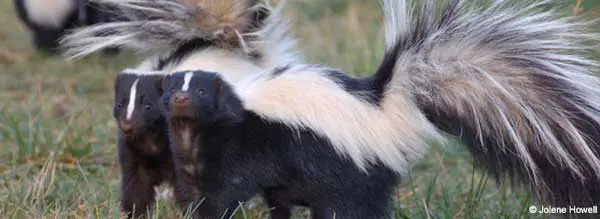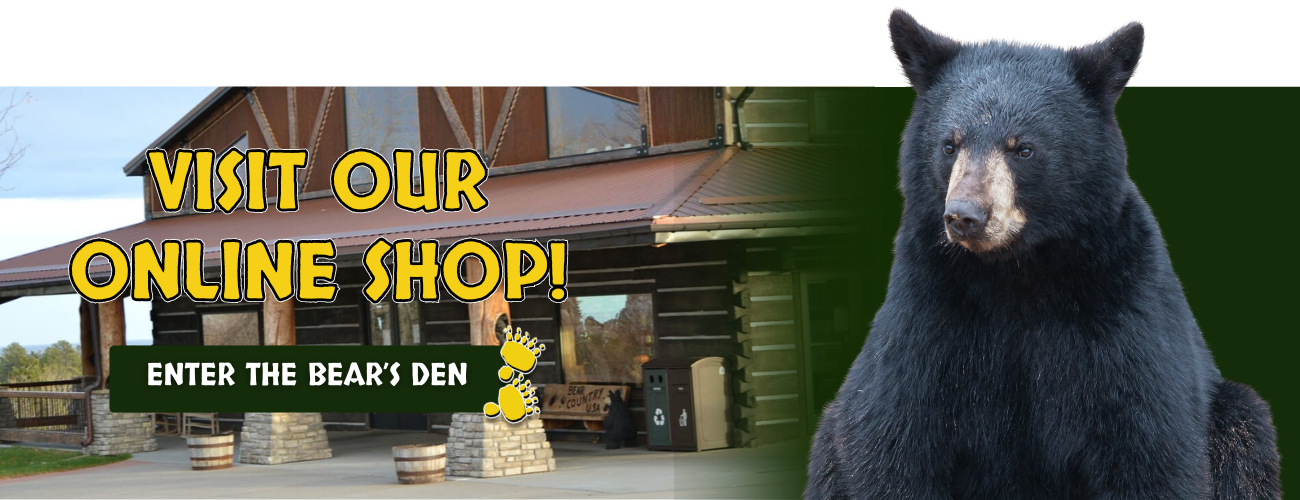The Animals of Bear Country
At Bear Country U.S.A., we are dedicated to providing exceptional care for our animals. Every effort is made to create natural, enriching habitats that support their well-being. Their diets are carefully tailored to promote optimal health, and regular veterinary care ensures they receive the attention necessary for a long and healthy life.
Click on a tile below to learn more about our fascinating residents!





























